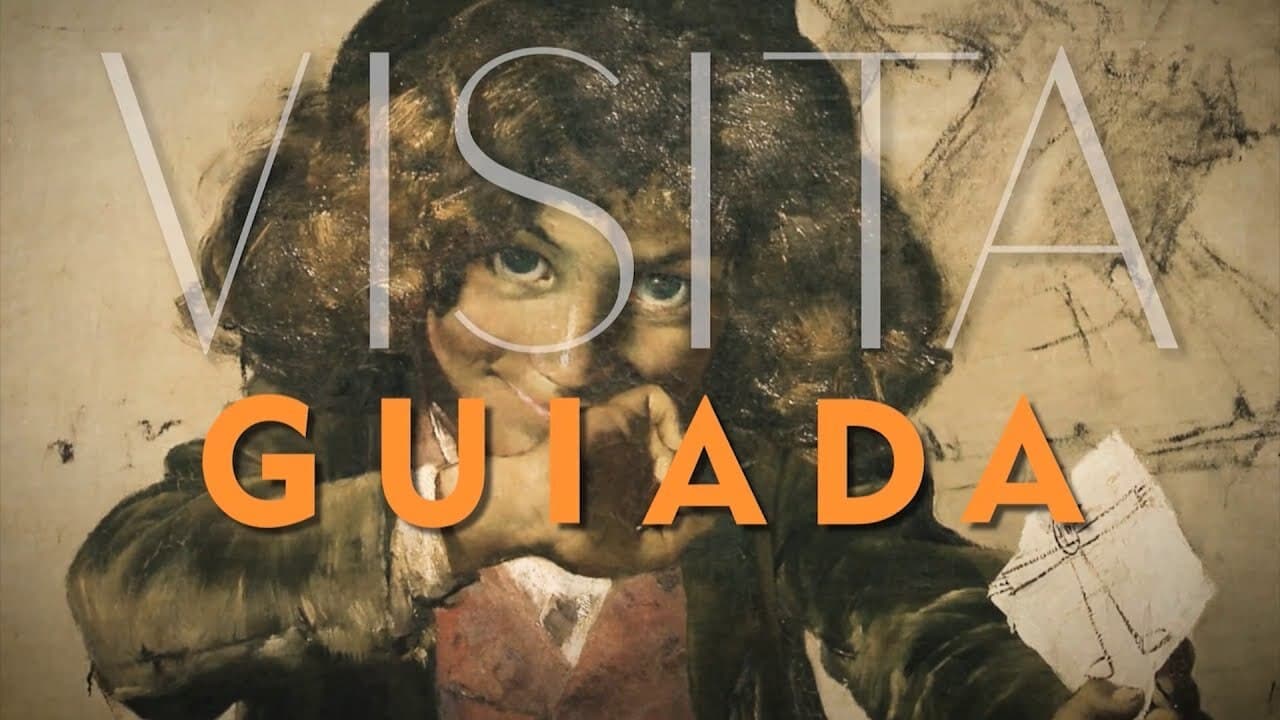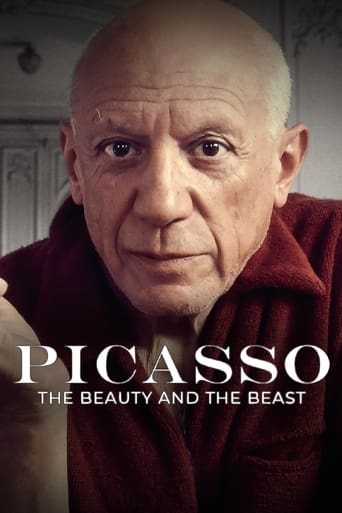Guided Tour Season 1

Guided Tour is a television and radio program about the treasures of the Portuguese cultural heritage. Treasures with recognized universal value, pieces that any western country would be proud to integrate into its heritage, and little known to the Portuguese. From a silver goblet with Mozarabic decoration and a thousand years old to a cloister that is referred to as a masterpiece of European Renaissance, passing through a collection of African art classified as one of the best in the world, the nature of objects, their context geographic location and historical time vary from episode to episode.
Watch NowWith 30 Day Free Trial!
Guided Tour
2014 / NR
Guided Tour is a television and radio program about the treasures of the Portuguese cultural heritage. Treasures with recognized universal value, pieces that any western country would be proud to integrate into its heritage, and little known to the Portuguese. From a silver goblet with Mozarabic decoration and a thousand years old to a cloister that is referred to as a masterpiece of European Renaissance, passing through a collection of African art classified as one of the best in the world, the nature of objects, their context geographic location and historical time vary from episode to episode.
Watch Trailer
With 30 Day Free Trial!
Guided Tour Season 1 Full Episode Guide
The self-portrait of Aurélia de Sousa was selected in the year 2000 by the Royal Academy of Arts in London to represent the art that was being created in 1900 all around the world. And yet, who in Portugal is familiar with the painting of the enigmatic Aurélia de Sousa? A painter from Porto who studied in Paris and surprisingly challenged the conventions of her time.
The African collection of the National Museum of Ethnology is one of the best in the world. So much so that the Museum of African Art in New York has held a major exhibition exclusively with the African pieces from the National Museum of Ethnology. But, despite the invaluable value of this collection, some of its pieces are only 10 years old. What makes a drum, a mask or a pot lid valuable?
The portrait of the poet Antero de Quental painted by Columbano Bordalo Pinheiro seems to predict Antero’s suicide which would take place two years later. Columbano never painted what he saw but what he felt and that’s why it’s said that he captured the soul of those he portrayed and the spirit of the times that were being lived. A great Portuguese painter who deserves universal recognition.
The Joanina Library is classified as the most sumptuous University Library in the World. Magnificent, the Library ordered by D. João V for the University of Coimbra had to live up to one of the richest Kings in Europe and an Empire that stretched across four of the five Continents. In addition to the beauty of the space, the Joanina Library houses books that are universal treasures.
The High Altar of the Church of the Monastery of Tibães is one of the most spectacular known examples of rococo carving. From the 18th century, the Golden Age, literally and metaphorically, the Tibães retable raises a question: why did the Order of the Benedictines, committed to the vow of poverty, order this such luxurious piece? What ideas are behind the Baroque style?
The collection of the National Tile Museum proves how Portuguese tilework is a unique case in the world of tile art. Panels built in intrinsic dialogue with the architecture that supports them or panels that reproduce the patterns of carpets or jewelry are some of the unique aspects of Portuguese tilework.
The main cloister of the Convent of Christ is referenced in the history of universal art as one of the most beautiful examples of European Renaissance architecture. But this cloister is more than a treasure of Renaissance art, it is the construction that buries the Middle Ages in Portugal once and for all and aligns it with the new European humanism.
The first Indian in the history of Western art is Portuguese. Grão Vasco and his collaborators painted him on the panels of the altarpiece of the Sé de Viseu. A surprising fact: the Portuguese arrived in Brazil in 1500 and these panels began to be painted in 1501. Did Grão Vasco have access to the descriptions of the Indians of Brazil from the letter of Pêro Vaz de Caminha? A fantastic period that transformed European life and imagination.
The nativity triptych is a rarity of European medieval art. A portable altar, in silver and gilded silver, with 1.30m in height by 1.50m in width. The nativity triptych is shrouded in mystery: was it ordered by D. João I of Portugal after the victory of Aljubarrota, where the Portuguese defeated the Spanish in just half an hour and with a third of the men, or did it belong to D. João I of León and Castile who left it behind in the flight from the Battle?
The treasure of Queen Saint Isabel and her tomb are precious works of European medieval art. And they tell us other stories about the famous wife of D.Dinis. A charitable queen, yes, but also very connected to power and politics. The miracle of the roses was initially attributed to one of her aunts and only entered the roster of miracles of Queen Isabel of Portugal centuries after she had died.
The Cross of D. Sancho I proves how the first kings of Portugal, contrary to what was conveyed for centuries, were sophisticated and elegant men. Despite the incredible vicissitudes it went through, the Cross of D. Sancho I went through 800 years (almost) unscathed. And it is a testament to the invention of the cross as the main Christian icon.
A thousand years is the age of São Geraldo's chalice. A silver piece ordered by D. Afonso Henriques' great-great-great-grandfather to drink with meals. Belonging to the Museu da Sé de Braga, the São Geraldo chalice was made 150 years before the foundation of Portugal and one hundred years before the construction of the Sé de Braga, at the dawn of the reconquest. The chalice of São Geraldo is the oldest testimony in jewelery of how Arab culture is inscribed in the DNA of Iberian Christians.
Free Trial Channels
Seasons


































